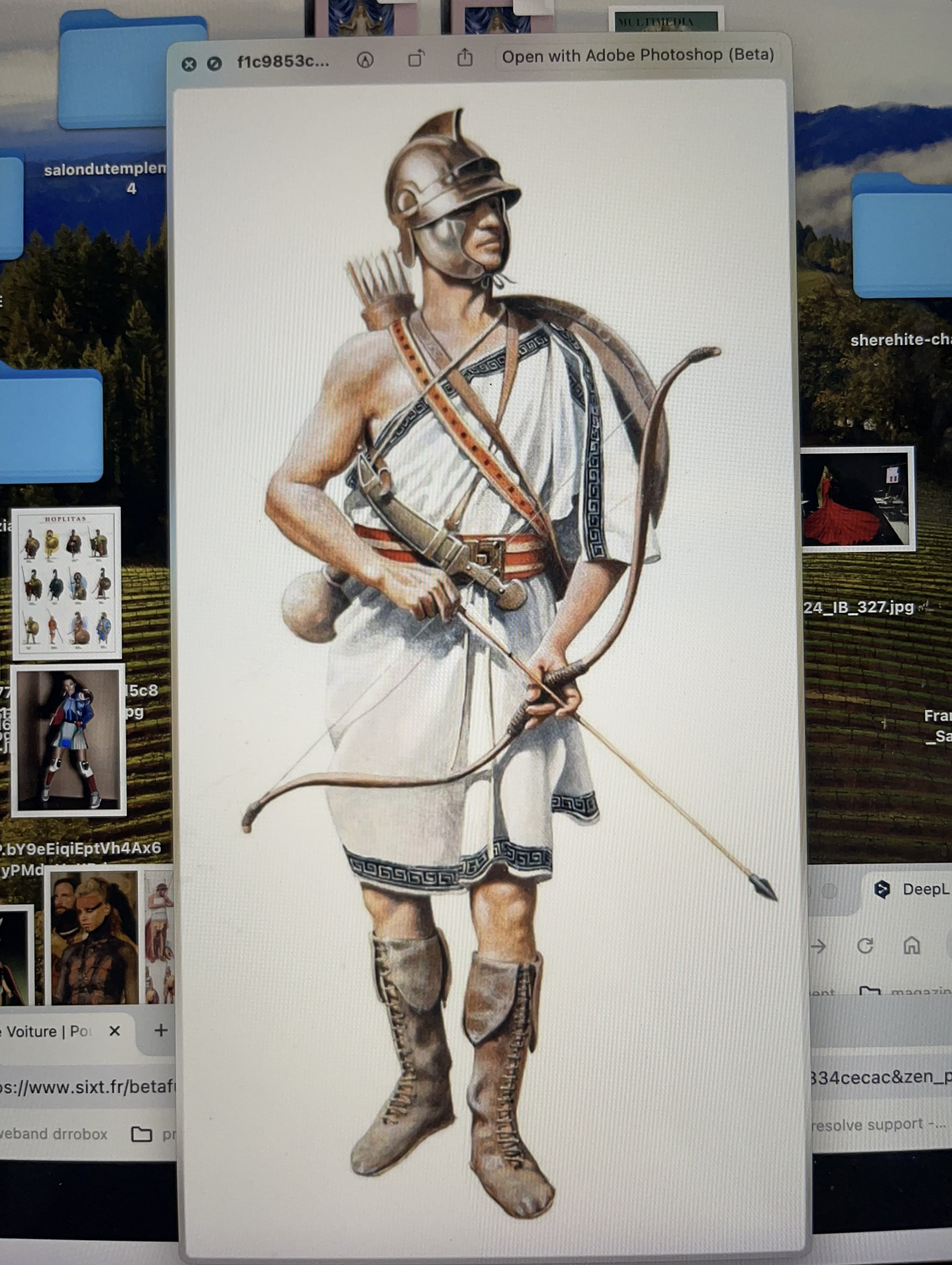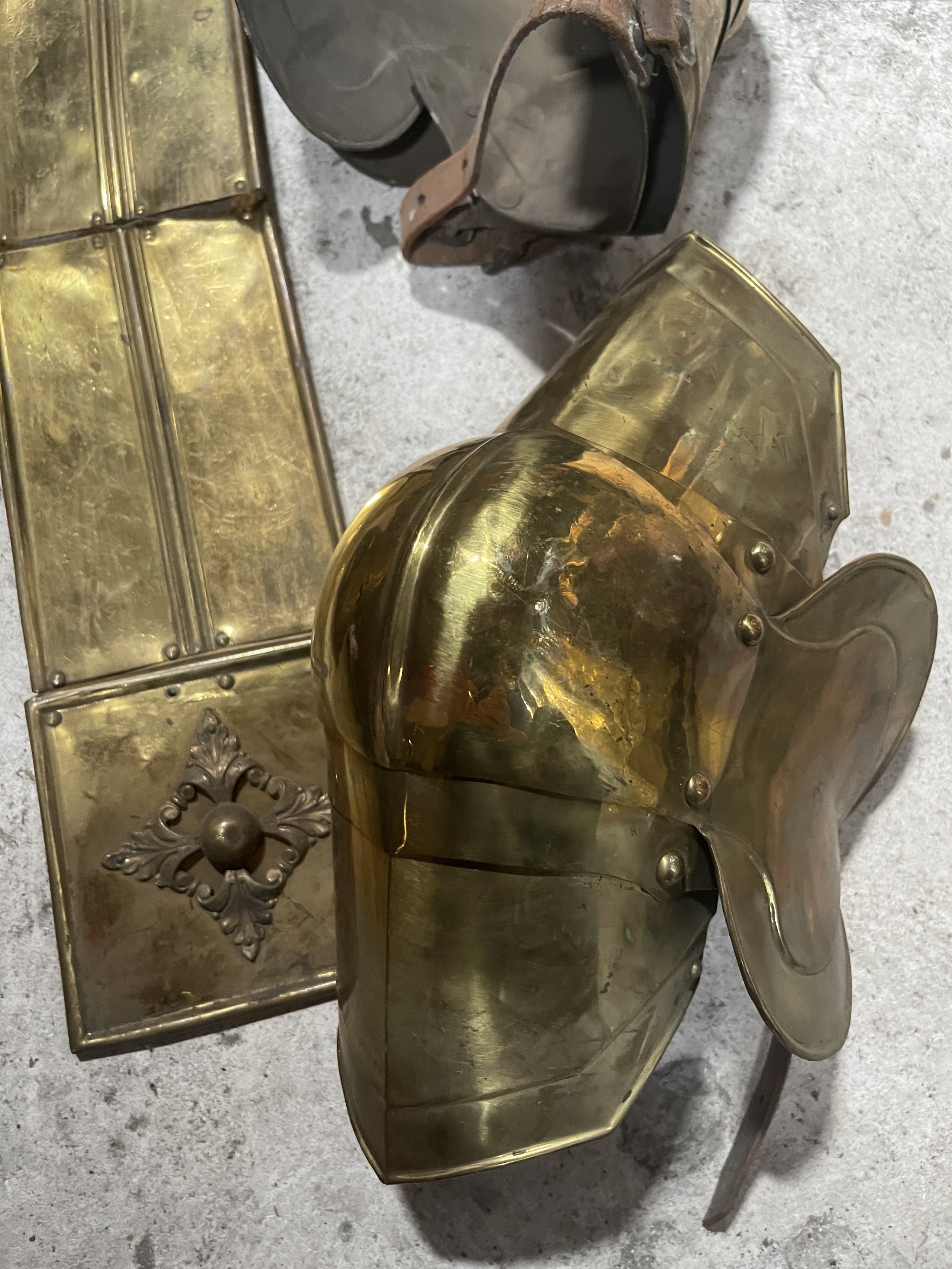Gladiatrices Amphitheater de Arles Photofestival
GLADIATRICE Segment of Backstage tableaux vivant day 05 , Arene d’Arles
"Gladiatrices 2024" is a new tableaux vivant created in collaboration with Onstage photo and PHOTO DOC at the Arène of Arles during the photography festival.#lesrencontresdelaphotographie".
In form of a Photo Studio Ephemer" by Iris Brosch is a captivating artistic project showcased at the iconic Amphitheater in Arles, where the ancient and contemporary collide. This installation features the concept of the "New Female Gladiatrix," reimagining the traditional narrative of strength and resilience through a modern lens.















The female Gladiatrices symbolizing a form of empowerment and resistance against a male-dominated society. By stepping into the arena of Arles the gladiatrices participating in what was predominantly a male activity , breaking societal norms and challenging gender roles.
when the roles are exchanged , with the man becoming the « wild animal »and being tamed by the gladiatrices, it introduce a potent and symbolic reversal of traditional gender roles and power dynamic.
Taming the beast stands in many cultures as a symbol of overcoming chaos and danger to protect peace and order.
Brosch's work invites viewers to explore themes of empowerment, femininity, and the ephemeral nature of existence. Through striking visuals and thought-provoking compositions, she challenges societal norms and celebrates the multifaceted identities of women today. The amphitheater, with its rich history, serves as a powerful backdrop for this exploration, creating a dialogue between past and present.
#aya , the gladiatrice of the Arena between heaven and earth!
in the mystical arena bridged the realls of heaven and earth , stands Aya, the gladiatrice of innocence. Her armor is a blend of celestial light and earthly strenght , glinted under the ethereal glow that envelopes the Arena. Aya’s presence is commanding , a perfect harmony of mortal determination and divine grace.
Amphitheater Location for the Tableaux vivant:
Built in 90 AD, the Arles Amphitheatre is a UNESCO World Heritage Site.
Amphitheaters were significant architectural structures in ancient civilizations, primarily utilized for public spectacles and entertainment. These open-air venues facilitated a variety of events, including gladiatorial contests, venationes (animal hunts), and theatrical performances. The design of amphitheaters, characterized by their elliptical shape and tiered seating, optimized visibility and acoustics, thereby enhancing the spectator experience.
The social function of amphitheaters extended beyond more entertainment; they served as communal gathering spaces that fostered civic identity and cultural expression. Events held in the arena often reflected the values and priorities of the society, providing insight into social hierarchies, political dynamics, and cultural practices of the time. Consequently, amphitheaters played a crucial role in the public life of ancient communities, contributing to both social cohesion and the dissemination of cultural narratives.
Accessoires and inspiration







































